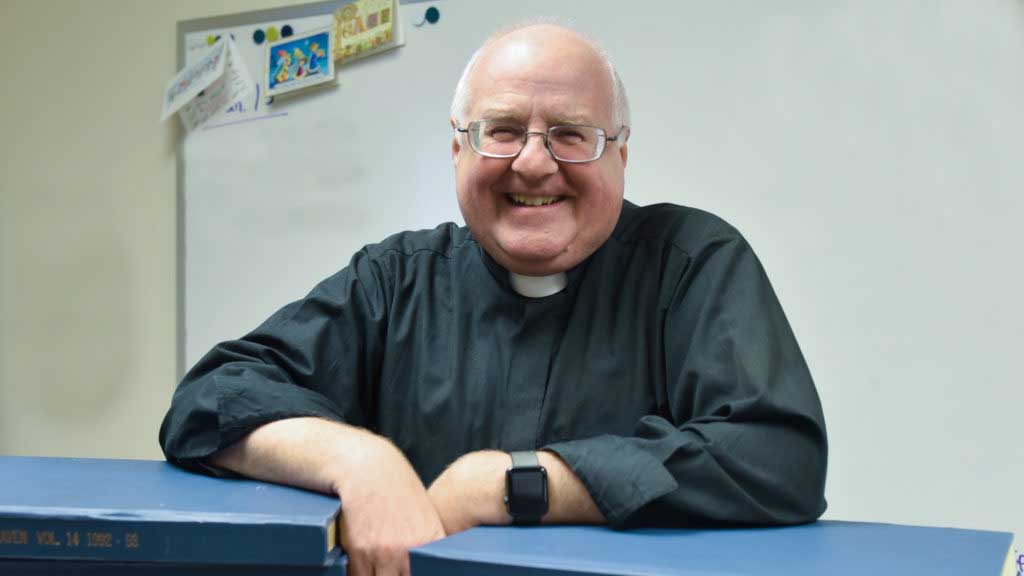
by Father Mark Goldasich
How many times has the Bible been through you?
I like that question and the sentiment behind it. It comes from this little story:
One day, an elderly man approached his pastor and said, “Father, I’ve just finished reading the entire Bible for the fifth time in my life.”
The priest looked at the man and said, “The important thing, Mr. Jones, is not how many times you’ve been through the Bible, but how many times the Bible has been through you!” (Story adapted from Brian Cavanaugh’s “Sower’s Seeds Aplenty: Fourth Planting.”)
A quick question: Is reading the Bible a regular part of your prayer life? My suspicion is, for many Catholics, the answer is either “no” or “not often.” In years past, we Catholics were rarely taught how to read the Bible, or the Bible translations were dense and cumbersome.
So, the Bible became a decorative item to be displayed in Catholic homes, rather than a tool for spiritual growth. People’s sole exposure to the Scriptures was at Mass, a kind of formal prelude to be endured before the “main event” of the consecration and reception of holy Communion.
One of our goals at The Leaven has been to change that. In each issue on this page, we list the Scripture readings for daily Mass on the left and provide a short commentary on the Sunday readings below this column. But we want to do even more.
On pages 8 and 9 this week, we introduce readers to Catherine Upchurch, an inspiring laywoman and Scripture scholar, who wants to help Catholics become more comfortable with not only reading the Bible but letting it guide their lives. Page 16 is the beginning of her new series to accomplish that.
When people ask how to read the Bible, I steer them away from starting at the very beginning with Genesis and then reading all the way through to Revelation. That’s because the Bible is more like a newspaper than a novel. In other words, when reading a newspaper, you can go right to the comics or the sports page first if you like and it makes perfect sense without having to start with the hard news on the front page.
It’s the same with the Bible. You can delve into the Gospel of Mark (my favorite!) or the Psalms or the Acts of the Apostles without slogging through the Book of Deuteronomy or the Book of Numbers first.
That doesn’t mean that the whole Old Testament isn’t important; it’s just not the ideal place to start. Fundamentally, the Scriptures are meant to be, first and foremost, a spiritual exercise rather than an academic one. That being said, I do recommend that readers use various “tools” as they read to help understand better a biblical culture and time far removed from our own.
Upchurch suggests using a Catholic study Bible like the one produced by Little Rock, of which she was the general editor. In addition to the words of Scripture, of course, this Bible includes many helpful maps, graphics and other explanatory material.
If you’re new to using the Bible for prayer, I’d also recommend a marvelous little book, “Conversing with God in Scripture: A Contemporary Guide to Lectio Divina,” written by Stephen J. Binz, a former classmate and good friend of mine. His writing is clear, inviting and includes questions at the end of each chapter for reflection or discussion.
So, dust off your Bible, pray to the Holy Spirit as you begin and ponder these wise words from Mark Twain:
“Most people are bothered by those passages in Scripture which they cannot understand; but as for me, I always noticed that the passages in Scripture which trouble me the most are those that I do understand.”
He’s so right. It’s those passages that go through you . . . right to the heart.


